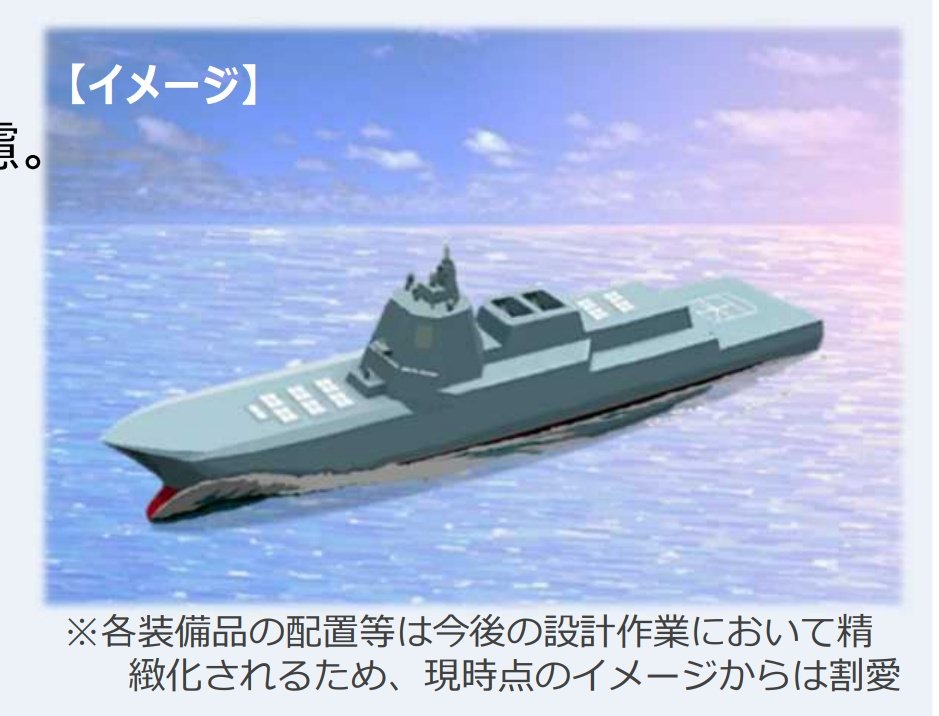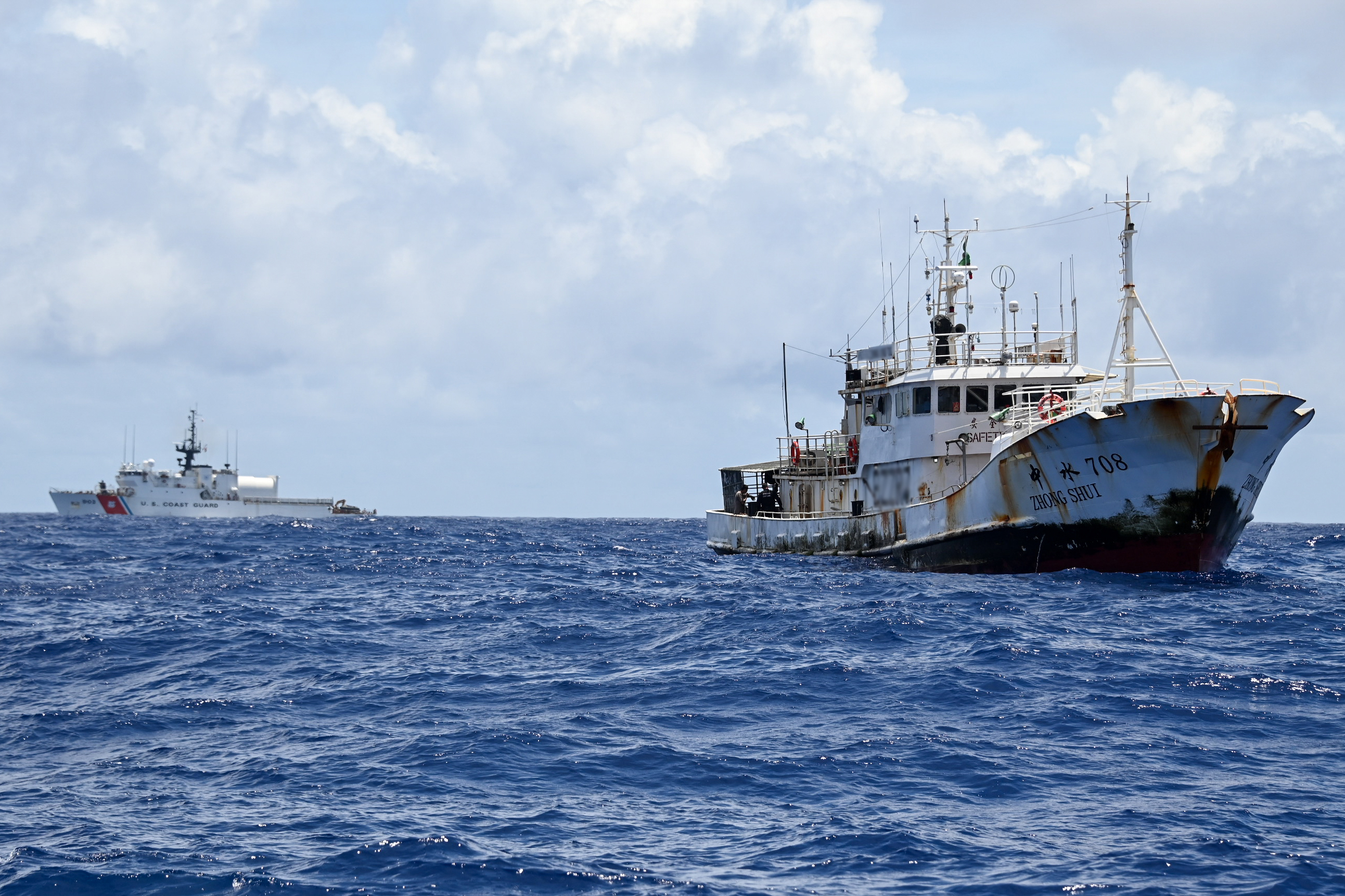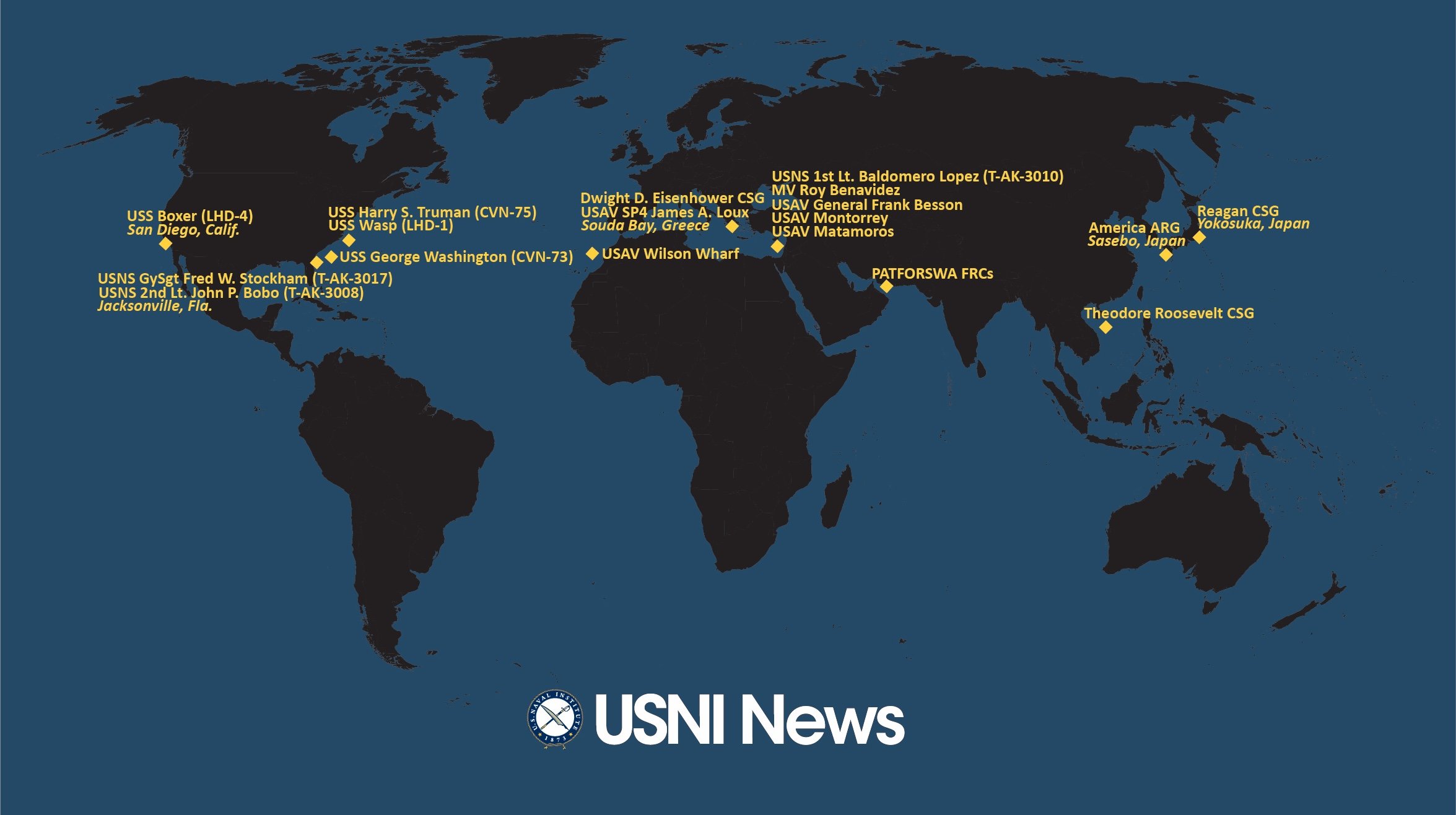
Japan’s Defense Ministry has secured funding to build two new Aegis destroyers, the country’s defense minister announced Tuesday.
In a press conference, Defense Minister Minoru Kihara said he obtained approval for the funding following a Tuesday meeting with Finance Minister Shunichi Suzuki to discuss the budget. Japan plans to begin the construction of the two destroyers, known as the Aegis System Equipped Vessels (ASEV), in Fiscal Year 2024 and FY 2025, respectively, with commissionings in 2027 and 2028. Japan will spend 373.1 billion yen, or $2.6 billion, in FY 2024 funding for the destroyers. That amount is a slight reduction from the 379.7 billion yen, or $2.64 billion, that the Ministry sought in its August FY 2024 budget request.
The ASEVs are the replacement for the two cancelled Aegis Ashore sites. The destroyers have an expected displacement of 12,000 tons, a length of 623 feet, and will carry 128 vertical launch systems cells for ballistic missile defense, in addition to launchers for the Type 12 anti-ship missiles and Tomahawk cruise missiles.
The Japanese defense chief said the construction of the ships is essential to rapidly and drastically improve Japan’s BMD capabilities in light of the threat posed by North Korean missiles. The Ministry of Defense will scrutinize and examine the ASEV program to keep it within the scope of the overall 43 trillon yen, or $299 billion, defense spending cap under the five year Defense Buildup Plan, he added. The weakening yen has led to concerns that the cost of the program will significantly rise, while the Japanese government faces problems over how to secure stable defense funding without raising taxes. The government is expected to shelve a tax increase until 2026.
Kihara also said the MOD will establish an effective project management system for the program. The decision to use the Lockheed Martin SPY-7 radar for the two destroyers does not necessarily mean that future ships or upgrades to the Japan Maritime Self-Defense Force’s current Aegis destroyers would utilize the same radar.
“In the event that we acquire or renew Aegis vessels in the future, we will consider radar selection on a blank slate,” Kihara said. He added that the MOD does not have a concrete plan at the moment for acquiring additional Aegis ships or upgrading the current ones, but will select the radar system in a fair and impartial manner, just as it does with other procurements. He also said that given the age of the four Kongo-class destroyers, which were commissioned from 1993 to 1998, the JMSDF will need to pursue a successor class or an upgrade program. Japan’s current Aegis destroyer fleet consists of the four Kongo-class ships, two Atago-class vessels, and two Maya-class destroyers. All of those ships use the Lockheed Martin SPY-1 radar.
Meanwhile, U.S. Transportation Command chief General Jacqueline Van Ovost said her command is working to grow logistics partnerships and security throughout the Indo-Pacific. In a Tuesday media call, Van Ovost said that over the past week she visited senior government officials and multinational service members in Papua New Guinea, Australia, and Japan to discuss regional security and how all the nations can continue to work together to promote stable economies, increase interoperability, deter aggression, and be ready to respond to any crises in the Indo-Pacific region.
“So I’m encouraged by new regional defense agreements which modernize our partnerships to enhance multilateral constructs. This past week, my counterparts and I discussed ways to expand cooperation through these agreements and how we can strengthen the ties between our shared interests and values,” she said.
TRANSCOM is helping Papua New Guinea fulfill its desired role as the regional leader for humanitarian assistance and disaster response, Van Ovost told reporters. Her command is working with the United States Agency for International Development, U.S. Indo-Pacific Command, and the state partnership lead unit, which is the Wisconsin National Guard, to assist with training, force development, and more exercises so Papua New Guinea can improve its capabilities to respond to disasters in the region. Van Ovost said she held discussions with Papua New Guinea officials on how the U.S. could support developing infrastructure to support HADR response.
A number of multilateral exercises carried out this year, like Talisman Sabre in Australia and Mobility Guardian 2023 throughout the region, allowed TRANSCOM to build interoperability in logistics and transportation.
“So this gave us an opportunity to work in this coalition setting to understand what the demands might be of these different exercises or humanitarian assistance, and how we work together to ensure the resilience of our networks so that we can support our various allies and partners,” said Van Ovost, adding that the command is looking forward to more drills with allies and partners to exercise with different ports, lines of communication or logistical lines, and share maintenance, repair, and overhaul work.
For Mobilty Guardian, a variety of experiments discovered potential ways to close some command and control gaps by integrating new technology on legacy platforms, and working closely with allies and partners to test the ability to move forces throughout a simulated contested logistics environment, she said.
Dispersed operations, decentralized command and control, empowering decisions at the lowest level and integrated operations that include combined flights, refueling and air drop led by U.S. partners were among the exercise’s activities. The drills provided lessons to the command on managing distributed operations throughout the globe, according to the TRANSCOM chief.
The exercises around the globe with allies and partners not only built interoperability, but allowed Van Ovost’s command to show it could rapidly deploy anywhere in a crisis despite being largely based in the United States.
“Eighty-five percent of our force elements for the United States are actually in the continental United States, and so these exercises allow me to demonstrate that I can deploy at a moment’s notice, whether it’s providing hope through humanitarian assistance, disaster relief, or to be that credible deterrent, or, if necessary, to be able to prevail in conflict,” she said.





